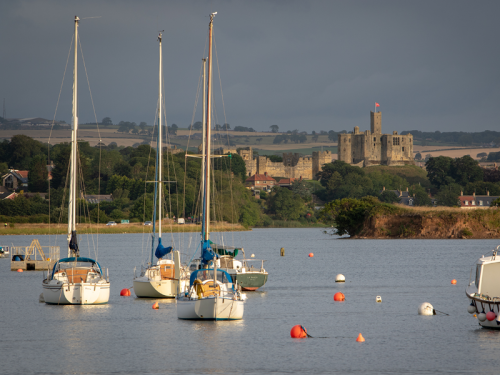See The Colourful Dragonflies and Damselflies at RSPB Saltholme
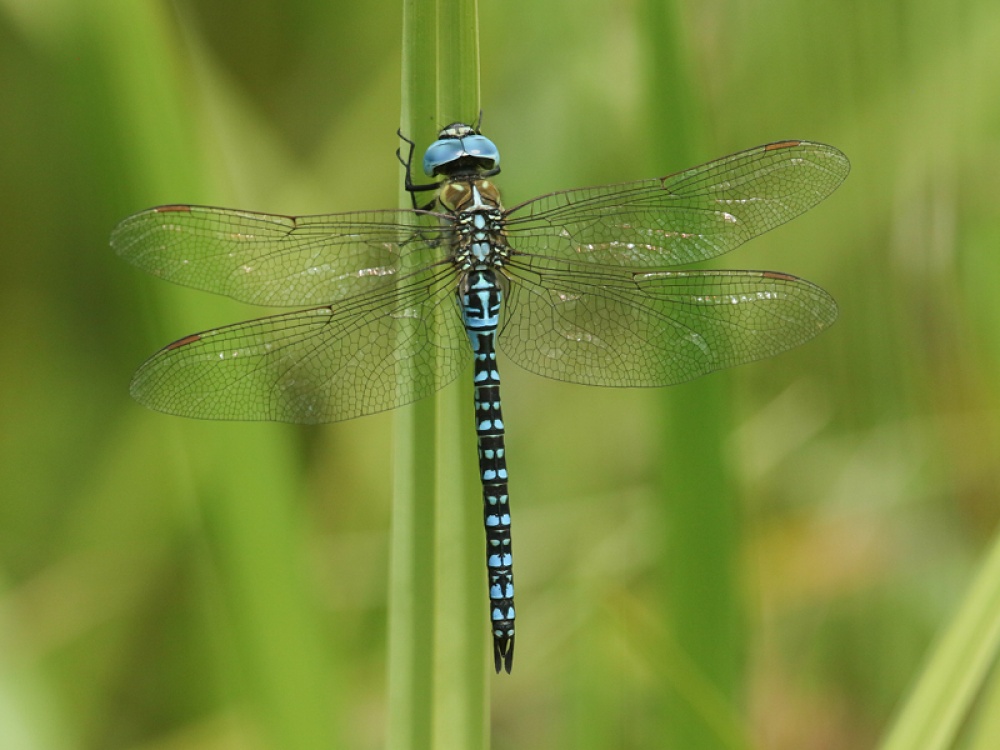
Living North learn more about the new arrivals at Teesside's RSPB Saltholme
The family-friendly, award-winning nature reserve RSPB Saltholme opened in 2009 and has been home to water rails, reed buntings and reed warblers ever since. Its pools, wet grasslands and meadowland teem with wildlife and it’s home to one of the UK’s largest inland breeding colonies of common tern, which arrive each spring and nest on the islands in the open pools (away from predators and walkers). The wet grasslands here are home to nationally important numbers of wintering wildfowl and waders (such as golden plover, lapwing and wigeon) and sheep and cattle are specially brought in to keep the grass short.
‘It’s a fantastic location because it’s right in the industrial heartland of Teesside, but most of it is full of wildlife which travels from all over the world to make use of the site,’ says senior site manager Chris Francis. ‘Some birds will come over in the summer to breed and then head south to avoid our winter, while others will be up in the Arctic now making use of the long daylight hours you get in the Arctic Circle, and when the snow comes they’ll then come here to winter in Teesside. There’s always something different to see as the seasons change.
Read More: Top 10 Tips for Taking Care of your Garden While you're on Holiday
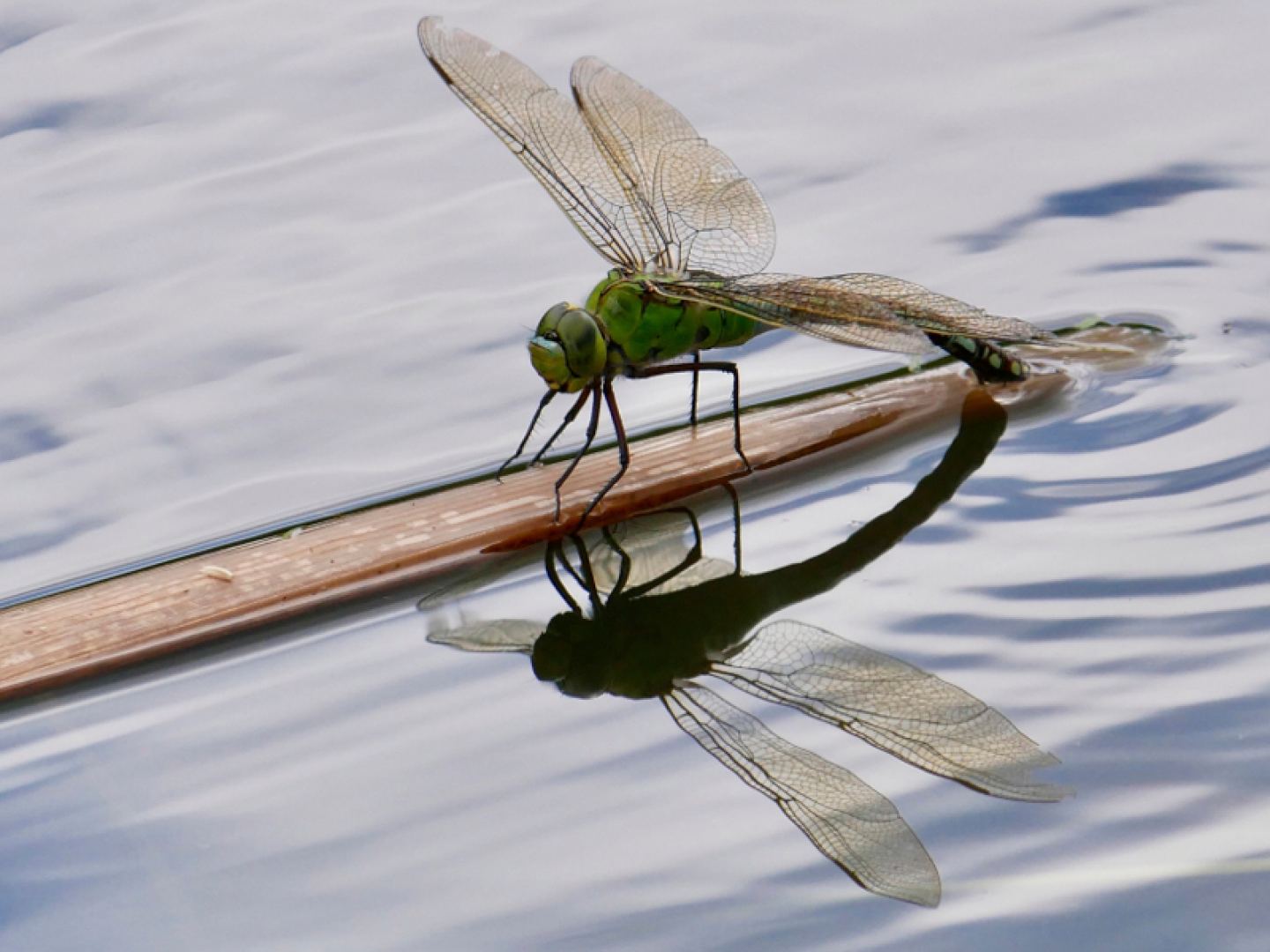
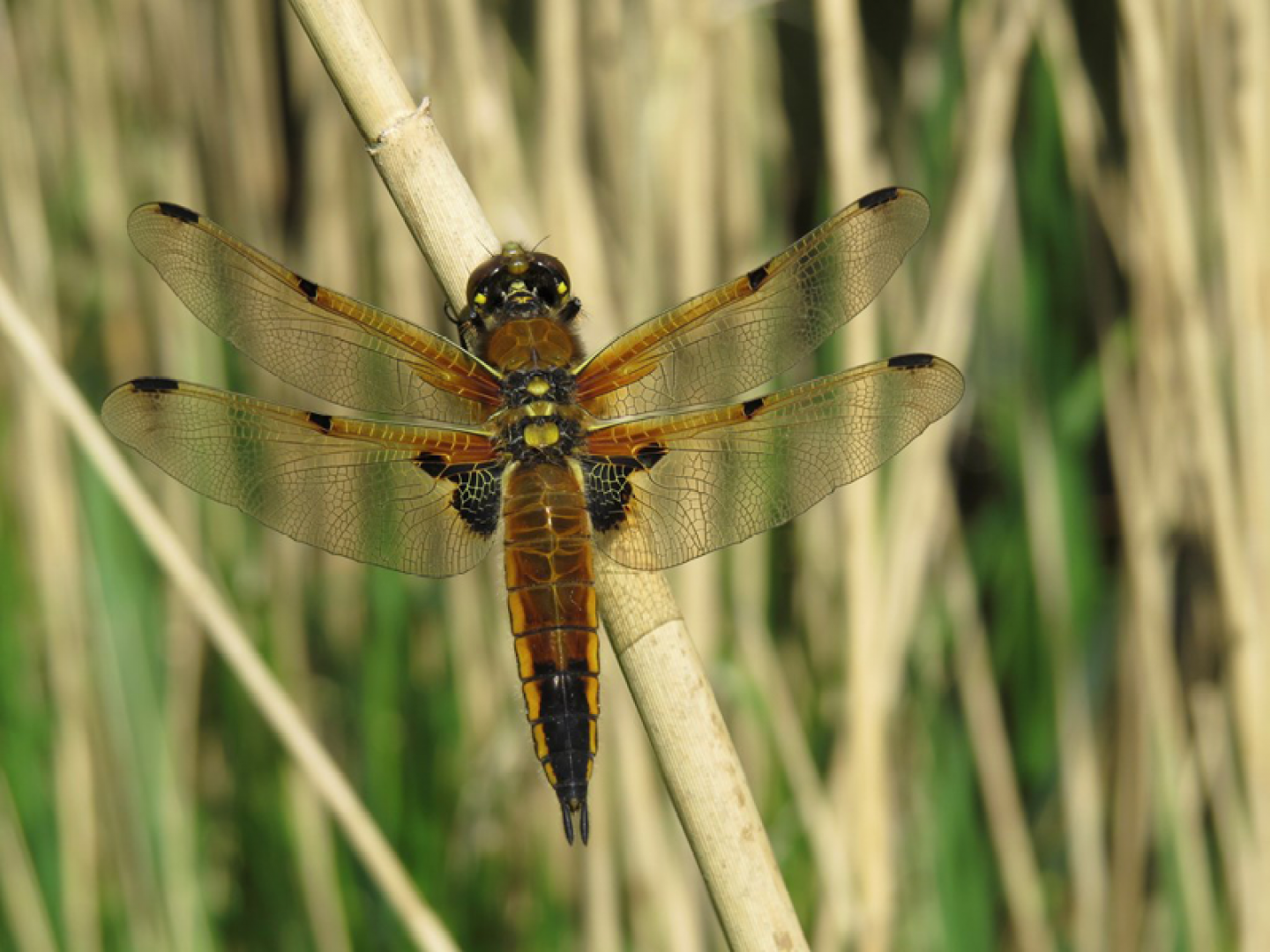
‘Summer sees common terns breeding on site and they’ll fly off and spend their winter off the coast of Africa (places like Gambia and Senegal) and then fly thousands of miles back to return for the summer. We have a lot of black-headed gulls which nest on the site too. We have rafts to put out for these birds to nest in. Sand martins spend their winter in Africa and come here in the summer. They nest in sandy banks and rivers but a lot of those have vanished over the years so we have an artificial bank for them to nest in now. You can sit down and have a cup of tea in our café and watch these birds weave in and out of their nesting holes, and the chicks poking their heads out before they make their first flight. That’s quite spectacular. We’ve had a fantastic season for breeding waders, especially lapwings, and it’s nice to see the birds getting ready to take their first flight.’
If you’re a regular visitor to RSPB Saltholme you’re sure to have seen many of the birds Chris mentions, but have you spotted the new kids on the block yet? Rising numbers of dragonfly species have made the site home since the creation of the freshwater pools here, accompanied by six species of damselfly (which are similar to dragonflies but smaller and slimmer).
‘Dragonflies are fantastic creatures and they’ve been on the planet for a long time,’ Chris says. ‘If you’re ever in a museum looking at evidence of dinosaurs, you’ll see pictures of dragonflies flying around when dinosaurs walked the earth. As the pools we created filled with rainwater, dragonflies soon turned up (it’s amazing how they find these things so quickly). It’s the water that’s attracting them. It’s an ideal habitat for these dragonflies because they’ve evolved to feed and breed within an aquatic habitat.’
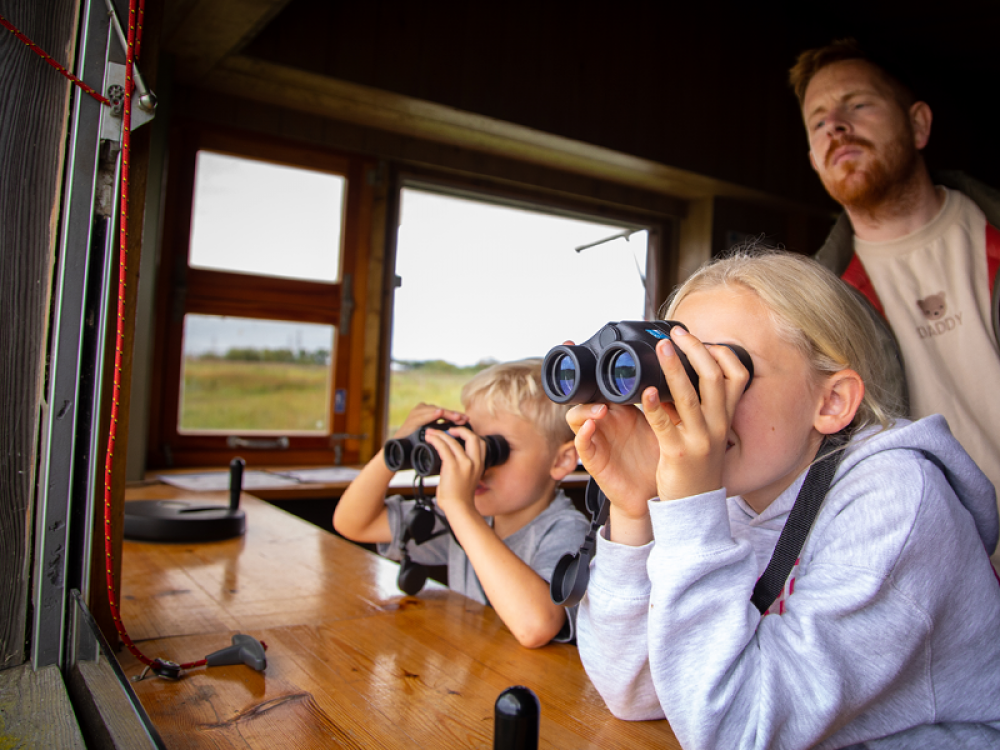
Chris explains the breeding process. ‘The female will lay her eggs in the pools and we get these quite ferocious dragonfly nymphs which will spend two or three years under the water. When kids come here for pond dipping sessions, they’ll discover these monstrous nymphs (which are quite big for an insect) in the water feeding on other insects. In the spring and summer when it gets warmer, after those two or three years, they’ll climb out and they’ll split out of their skin (a bit like you’d imagine an alien would) and these fantastic dragonflies, with their wings all crumpled up, will sit on a stem while fluid pumps into their wings. They’ll spend that summer hunting (and looking for love) across our pools before starting the process all over again. The colours of these dragonflies [yellow, red, brown and blue] are just fantastic. We get emperor dragonflies too, which are really fantastic.’
The sight is so remarkable that RSPB Saltholme recently opened a new boardwalk (which is wheelchair accessible) so visitors could see these insects up close. ‘You can now get right over the pools and as well as being able to see right into them, you can also see the dragonflies and damselflies buzzing around as they’re looking for food or defending their territory,’ Chris says. ‘They’ll often fly around as a pair while the female lays her eggs, which is a spectacular thing to see.’
As well as putting on a show for visitors, these flying insects are also doing a great job of reducing the number of pesky mosquitoes and gnats, and it’s hoped that the new boardwalk will encourage visitors to learn more about the importance of dragonflies and the various different species. Among those spotted at the reserve so far are common hawker, brown hawker, emperor, four-spotted chaser, broad-bodied chaser, black-tailed skimmer, common darter and ruddy darter. Plus, banded demoiselle, emerald, large red, azure, common blue and blue-tailed damselflies.
Read More: Our Pick of the Best Days Out Across the North East
Last year a southern migrant hawker dragonfly was recorded at Saltholme for the first time, but Chris says this is something of a ‘double-edged sword’. ‘What we’re saying is that there’s an increase in a species that would be regarded as southern now becoming more northern because the habitat is getting warmer due to climate change,’ he explains. ‘It’s nice to see them, but it’s a worry that climate change is getting worse as we’re seeing more species that we wouldn’t have had here 20 or 30 years ago because of warmer conditions.’
Throughout spring, RSPB Saltholme hosted dragonfly-themed activities to celebrate the 300 million-year-old insects and the opening of the boardwalk with sculpture trails, activity trails and brass rubbings. Visitors are being encouraged to head here throughout the summer to see the dragonflies and the surrounding wildlife in all its glory.
‘If you’re coming as a family group we have plenty of trails for children to follow during the summer holidays, and we have opportunities for pond dipping and meadow sweeping as well as a recently-refurbished play area which has been proving very popular,’ Chris says. ‘We have a lot of quiet areas too where you can take a stroll if you’re coming along solo or as a couple. Bring a pair of binoculars and don’t forget to speak to the volunteers at the hides who’ll help you understand what’s out there. Simply come and enjoy the landscape. There’s roe deer, owls, falcons, brown hares – there’s always something new to see. Don’t be frightened by nature, just enjoy seeing it and learning more about what’s around us.’
22nd July–3rd September
Summer Snacks Activity Trail
Learn about the diets of the wildlife that lives here with this activity trail for kids.
Otter Spotter Activity Trail
Harry Otter and Sally Otter’s cubs are playing hide-and-seek in the Discovery Zone – can you find them all?
Pond Dipping
What creatures will you find beneath the surface of the pools?
Meadow Sweeping
Discover the myriad of minibeasts throughout Saltholme’s meadows.
Brilliant Birds
What will you see through your binoculars and from the hides?
Saltholme Safari
See all of Saltholme’s wonderful wildlife in this tour across the wetlands.







